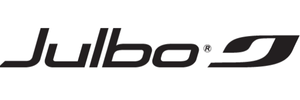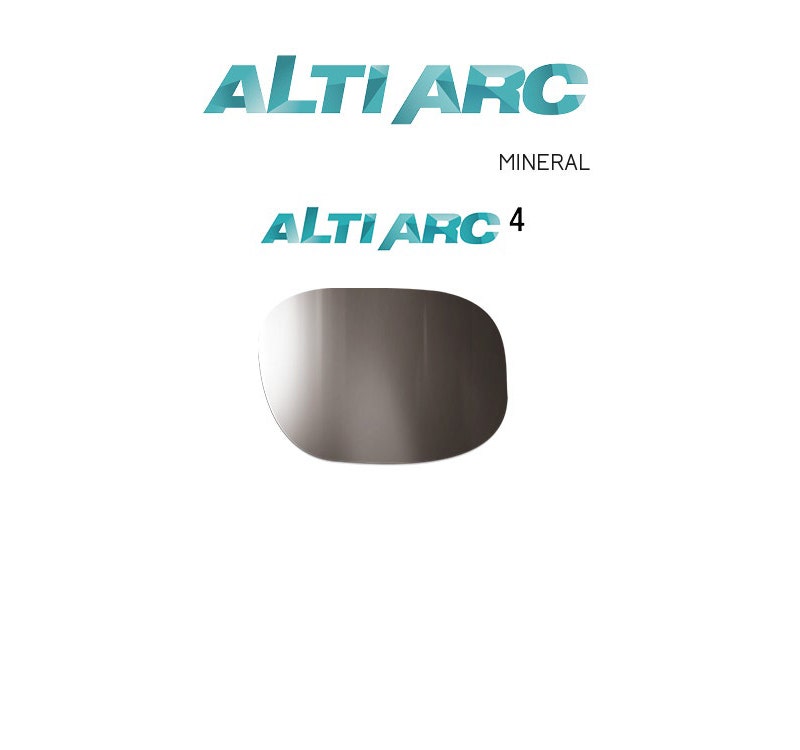
THE DANGERS OF EXPOSURE TO THE SUN IN HIGH-MOUNTAIN ENVIRONMENTS
Exposure to solar radiation increases significantly in the mountains. On average, radiation increases by about 10 percent (between 4 and 16 percent) with every 1,000 meters of altitude gained, and the UVB light it contains is hazardous. Solar radiation at 2,000 meters is 1.5 times greater than it is at sea level, for example, and 2.5 times greater at 4,000 meters.
Exposure will vary depending on the thickness of the ozone layer in the atmosphere (which acts as a natural filter), the region of the world, the season and the angle of incidence of the sun’s rays.
In addition, the snow reflects between 80 and 90 percent of solar radiation compared with 20 percent on non-snowy ground.
Even in cloudy conditions, the sun is still dangerous in the mountains. While UV light is blocked by some clouds (alto-cumulus), cirrus clouds have no filtration effect at all. As a result, fog lets through 50 percent of sunlight and at high-mountain altitudes among the top layer of clouds, light intensity is very high due to diffraction. The risks are, therefore, just as high in fine weather.
In addition to sun, both wind and cold—either at altitude or in polar regions—can cause several risks for your eyes if they are not protected with goggles or sunglasses.
All this can lead to a host of issues, including:
- Photokeratitis, or snow blindness, which is the erosion of the cells covering the cornea and is caused by prolonged exposure to UVB rays.
- Erytropsia, or the exhaustion of the retina, resulting from prolonged exposure to intense light stimulation.
- "White out" syndrome, a freezing of the eyelids in extreme cold, which can cause tearing, loss of perception of terrain and photophobia.
- Irreversible necrosis, caused by freezing of the cornea if not treated rapidly.
How to Combat the Risks of Solar Radiation
1. Choose a Frame with Maximum Coverage
In addition to protecting your eyes against harmful sunlight, mountaineering sunglasses must defend against the wind, cold, and snow. The sunglasses in Julbo’s Mountain category feature side and nose shields and large frames with wrap-around coverage.
All styles in Julbo’s Mountain category feature side shields that will provide additional protection from sunlight and glare. Most of the side shields are removable to increase versatility. The Ultimate Cover also features a removable nose shield.
2. Choose a Lens that Lets in Minimal Light
When selecting a lens for the high mountains, we recommend the maximum filter category, which lets through only 3 to 8 percent of visible light. There are currently six different maximum filter lenses in the Julbo Mountain category. These lenses are constructed from various materials with many features that make them ideal for mountain adventures.
REACTIV lenses: These lenses adjust from light to dark depending on light levels, making them ideal for constantly changing conditions. They combine the advantages of mineral and polycarbonate lenses: optical quality, scratch resistance, strength, and lightness. In addition, their NTS (Non-Temperature Sensitive) technology guarantees a constant photochromic range, whatever the temperature.
Learn More About REACTIV Lenses >

- REACTIV 2-4 Polarized - (Visible Light Transmission 5-20%): In addition to darkening and lightening according to the ambient light, the polarization eliminates glare on reflective surfaces. Its brown color provides an excellent perception of the surface on snow and improves contrast. This lens can be found on the Shield, Explorer 2, Ultimate Cover, Montebianco 2, Monterosa 2 and Camino.
- REACTIV 2-4 - (Visible Light Transmission 7-35%): This lens increases luminosity and provides excellent depth perception. It has a clearer base tint with a wider photochromic range than Reactiv 2-4 Polarized. This lens can be found on the Cham, Camino, Monterosa 2, Montebianco 2, Ultimate Cover, Explorer 2 and Shield.






